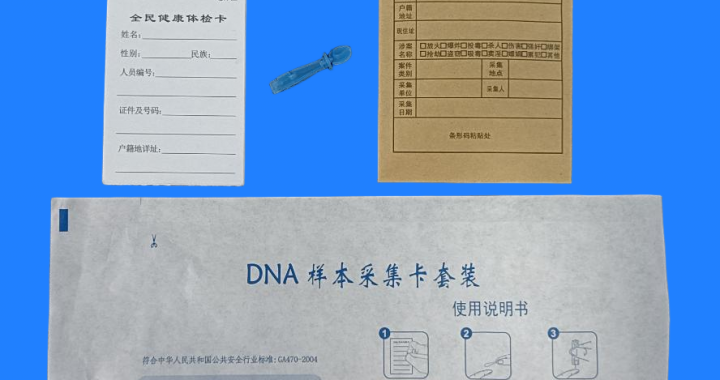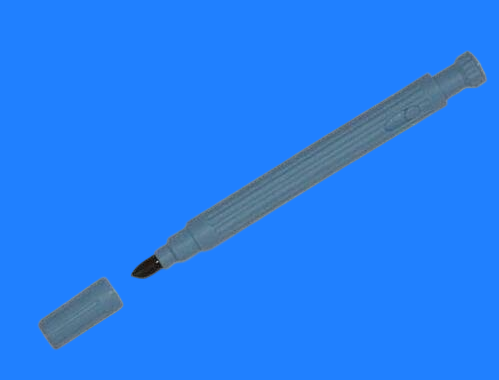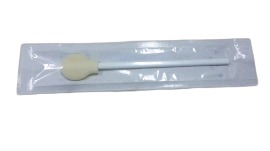Ensuring the long-term stability of blood samples at room temperature is crucial for accurate DNA analysis, especially in fieldwork or when refrigeration is unavailable. Several methods can be employed to maintain sample integrity, such as using blood sample cards, specialized collection tubes with preservatives, or drying blood onto absorbent materials. These methods prevent DNA degradation and microbial contamination. Blood samples should be stored in a dry, cool, and dark environment to minimize the risk of environmental damage. Additionally, using tamper-evident packaging and clear labeling ensures the security of the samples during transport and handling.
Features:
-
Blood Sample Cards: Absorb blood and dry it quickly, preserving DNA for extended periods without refrigeration.
-
Specialized Collection Tubes: Tubes with stabilizing agents or preservatives help prevent DNA degradation at room temperature.
-
Absorbent Materials: Using high-quality absorbent paper ensures the quick drying and preservation of blood samples.
-
Proper Storage: Store in a cool, dry place away from direct sunlight to maintain sample stability.
-
Tamper-Evident Packaging: Ensures sample integrity during transport, reducing contamination risk.
Methods to Ensure Stability:
-
Use Stabilizing Agents: Blood collection tubes with preservatives help prevent DNA degradation.
-
Dry the Sample: When using blood sample cards or absorbent materials, allow the sample to dry completely before storage.
-
Avoid Heat and Light: Store samples in a cool, dry, dark place to prevent environmental damage.
-
Use Proper Packaging: Ensure blood samples are sealed in tamper-evident, airtight packaging to avoid contamination.
-
Regular Monitoring: If samples are stored for extended periods, periodically check for signs of degradation or contamination.
Applications:
-
Forensic Investigations: Vital for preserving blood samples from crime scenes for long-term storage and analysis.
-
Medical Diagnostics: Useful for storing blood samples for genetic testing, especially in remote or field locations.
-
Genetic Research: Ideal for collecting blood for long-term research studies that require stable DNA.
-
Paternity Testing: Ensures that blood samples remain viable for accurate genetic testing over time.





-双管生物样本采集套装-400x380.png)